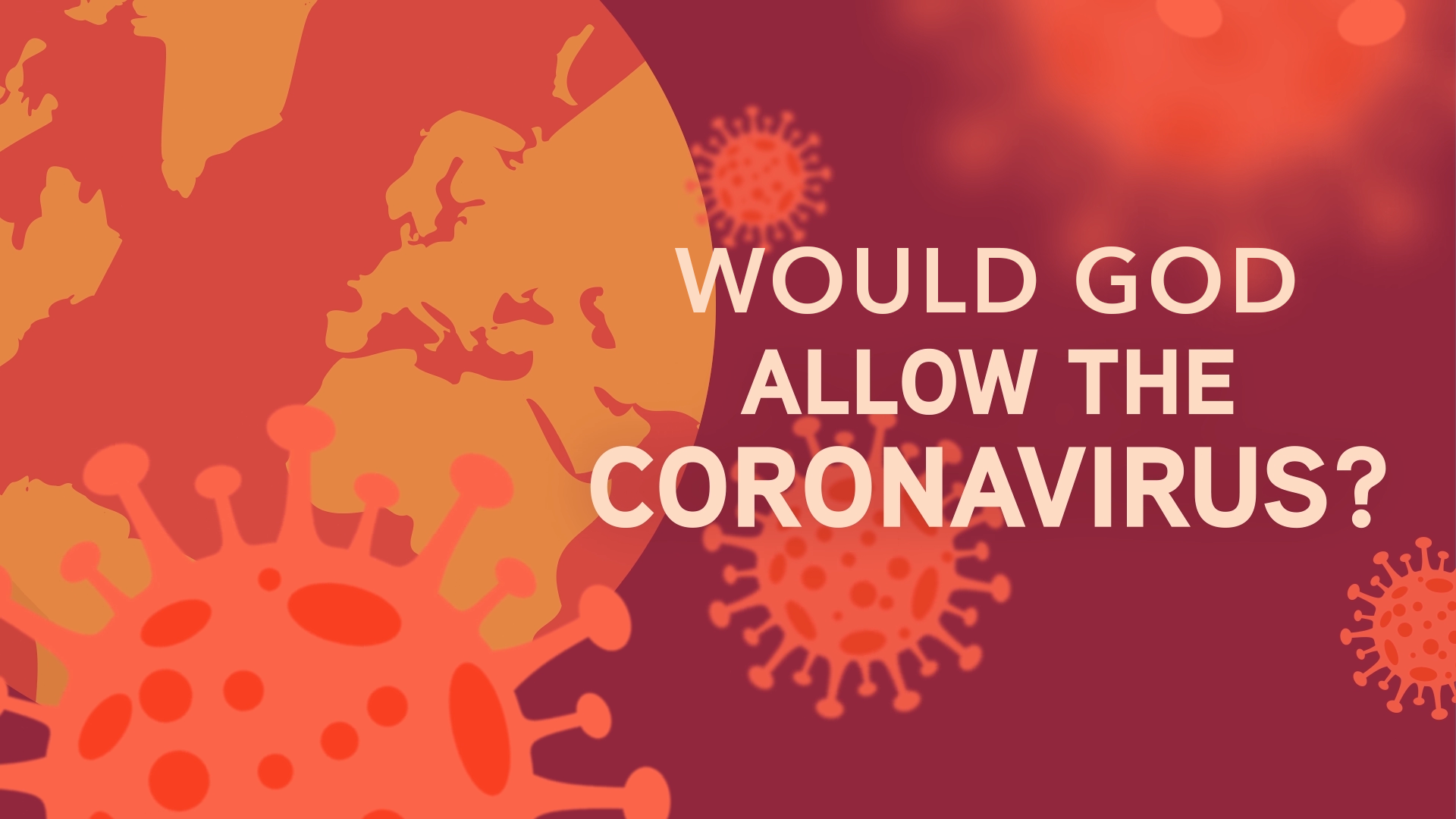Are Humans and Chimpanzees Basically the Same?
What Would You Say?
You’re in a conversation and someone makes the claim that, “Humans are basically evolved chimpanzees. After all, we share 98 to 99 percent of our DNA.”
What Would You Say?
Molecular biologist Jonathan Wells calls some ideas “Zombie Science.” No matter how many times these ideas are debunked, they just won’t die. Instead, they get repeated over and over again, even though they are not true.
The idea that humans and chimps are virtually identical genetically is an example of “zombie science,” and it’s often used to imply that humans and chimps must be pretty much the same in every other way, too.
However, the “98 to 99 percent” figure is inaccurate and reductionistic.
So, the next time someone says, “Humans and chimpanzees share 98 to 99 percent of our DNA,” remember these three things:
1. This figure is outdated and inaccurate.
2. Humans are more than the sum of our genes.
3. Genetic similarities are what we’d expect if living things had a common Designer.
- Transcript
- More Resources
- Watch More
You’re in a conversation and someone makes the claim that “Humans are basically evolved chimpanzees. After all, we share 98 to 99 percent of our DNA.” What Would You Say? Molecular biologist Jonathan Wells calls some ideas “Zombie Science.” No matter how many times these ideas are debunked, they just won’t die. Instead, they get repeated over and over again, even though they are not true. The idea that humans and chimps are virtually identical genetically is an example of zombie science, and it’s often used to imply that humans and chimps must be pretty much the same in every other way, too. However, the “98 to 99 percent” figure is inaccurate and reductionistic. Th next time you hear it repeated that, "humans and chimpanzees share 98 to 99 percent of our DNA,” here are three things to remember: 1: This figure is outdated and inaccurate. As far back as 2007, authors in the journal Science called on fellow scientists to retire “the myth of 1%.” As geologist Casey Luskin explained in an ID the Future podcast, the figure was derived decades ago from a single protein-to-protein comparison before the chimp genome was fully sequenced. Since then, genetic science has become far more precise. Almost no modern comparisons between human and chimp genomes still yield that famous “98 to 99 percent” number. For instance, a 2018 analysis by geneticist Richard Buggs reported that the percentage of nucleotides between humans and chimps with one-to-one matches is just over 84 percent. If that still sounds high, humans share an estimated 60 percent of our DNA with bananas! As Luskin points out, estimates of how genetically similar humans are to chimpanzees vary widely because it’s not entirely clear how to make the comparison, whether gene numbers, one-to-one nucleotides, segments such as centromeres, or the inclusion of protein-coding DNA or non-coding DNA. Wildly different answers result depending on which method is used. And that’s not all. Luskin explains, “The human genome was used as a scaffolding during the construction of these chimp genomes, which essentially makes the chimp genome appear more similar to humans than they really are.” In other words, the “98 to 99 percent” number was artificially inflated from the beginning. 2: Humans are more than the sum of our genes. When you hear “98 to 99 percent,” it’s easy to conclude that humans and chimpanzees must not be very different. If all we are is our genes and our genes are nearly the same as those of an ape, then ideas like “the image of God,” or any kind of human exceptionalism, must be self-flattering illusions. However, to reach this conclusion is not only to ignore the latest genetic science, it’s to ignore everything else that makes us human! As Luskin puts it, “There’s a vast cognitive and behavioral gulf” between humans and apes: We’re the ones that write scientific papers about chimpanzees, not the other way around. We’re the ones that compose music, that create art, that build cathedrals, that use complex technology, that create religion and write symphonies. In other words, whether we are 99 percent or 84 percent similar to chimps genetically, there is still a huge difference between humans and animals. Though the worldview of materialism attempts to reduce everything down to what it’s made of, anyone who has ever visited a cathedral can tell you that it’s way more than a pile of rocks. In the same way, living things cannot simply be reduced down to their DNA. 3: Some degree of genetic similarity should be expected if living things had a common Designer. Any engineer knows that, if you have a good design, you reuse it. Far from clear evidence of common ancestry, similarities in DNA and the body plans of living things (like humans and chimps), can be understood as evidence of a common design, and a common Designer. Evolutionary biologist Tim Berra once attempted to explain how similarities between creatures prove Darwinian evolution by pointing out how each model year of the Chevrolet Corvette resembled the previous one, and yet significantly changed over time. But, as proponents of intelligent design quickly pointed out, no Corvette ever descended from a previous model year. They are intelligently designed by the same company. Their similarity is best explained by intelligence, not natural selection or genetic adaptation. It's past time to retire this “zombie science” myth that humans and apes share 98 to 99 percent of our DNA. It’s been used for too long to promote both outdated science and materialist assumptions about what it means to be human. So, the next time someone says, "humans and chimpanzees share 98 to 99 percent of our DNA,” remember these three things: Number one: This figure is outdated and inaccurate. Number two: Humans are more than the sum of our genes. Number three: Genetic similarities are what we’d expect if living things had a common Designer.
"Zombie Science" by Jonathan Wells: https://colsoncenter.christianbook.com/zombie-science-more-icons-of-evolution/jonathan-wells/9781936599448/pd/599440?event=ESRCG
Casey Luskin: "ID The Future" podcast: https://idthefuture.com/1713/
Richard Buggs: Chimpanzee-Human DNA Analysis: https://richardbuggs.com/2018/07/14/how-similar-are-human-and-chimpanzee-genomes/
Science.org: “Relative Differences: The Myth of 1%”: https://www.science.org/doi/10.1126/science.316.5833.1836
Pfizer.com: "How Genetically Related Are We to Bananas?": https://www.pfizer.com/news/articles/how_genetically_related_are_we_to_bananas
Tim Berra’s Corvette Blunder: https://reasons.org/explore/blogs/the-cells-design/the-evolution-of-the-automobile-evidence-for-intelligent-design


